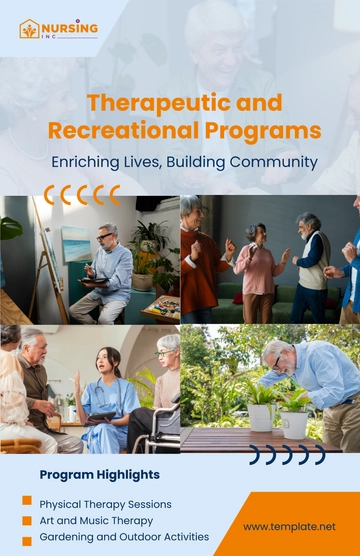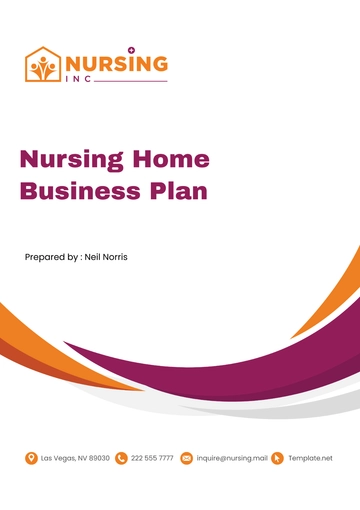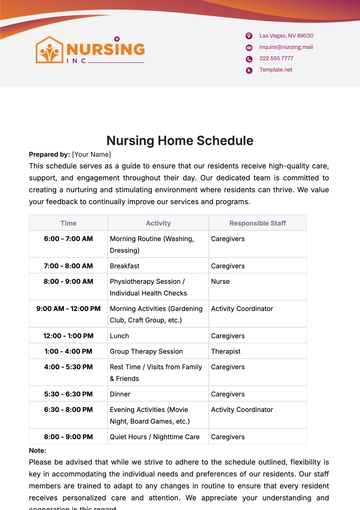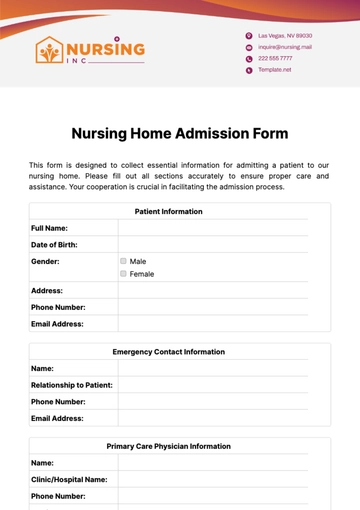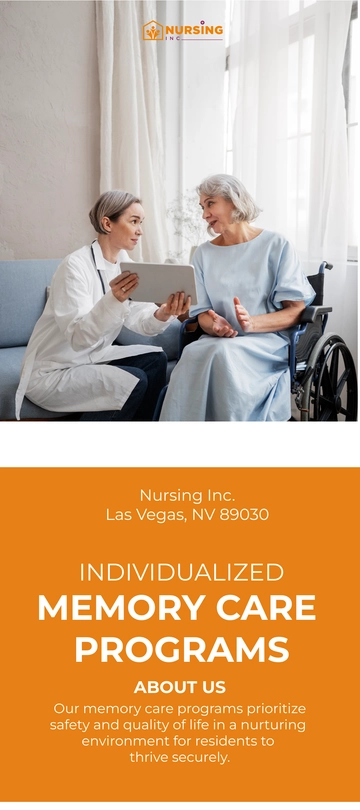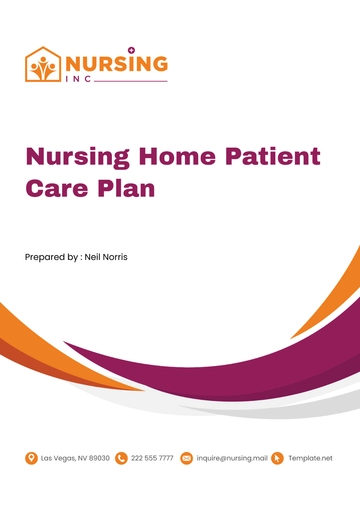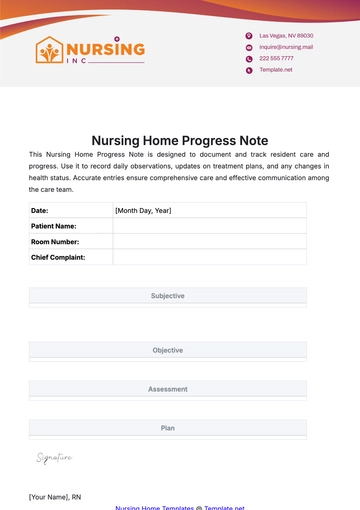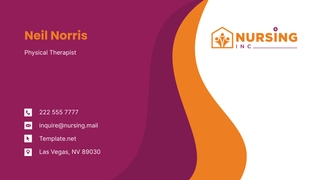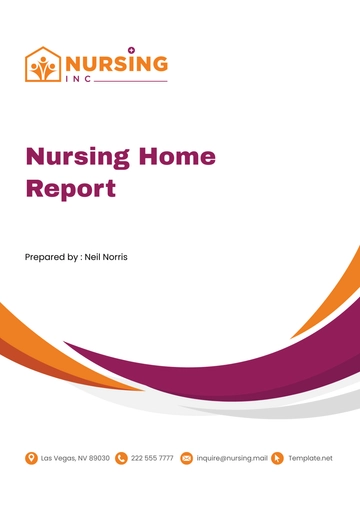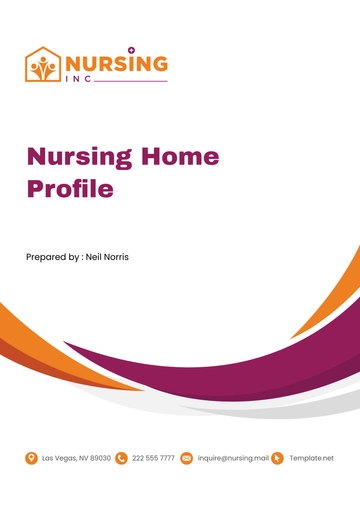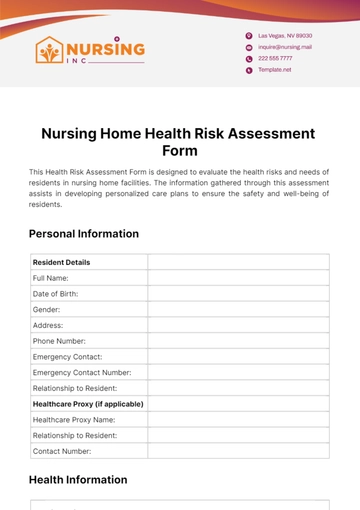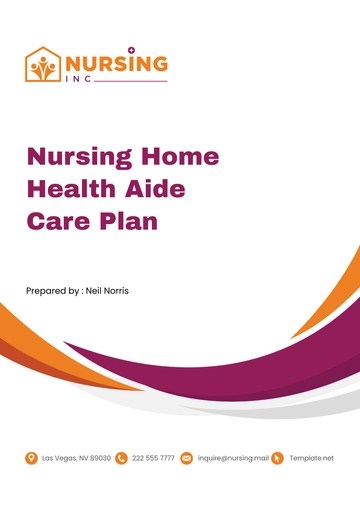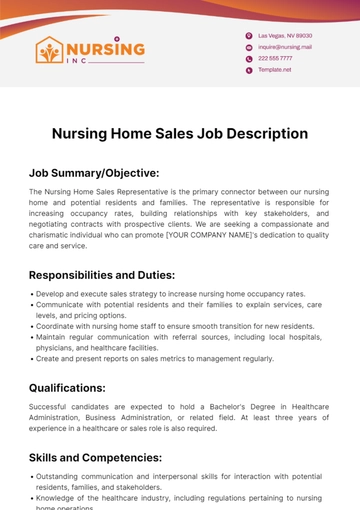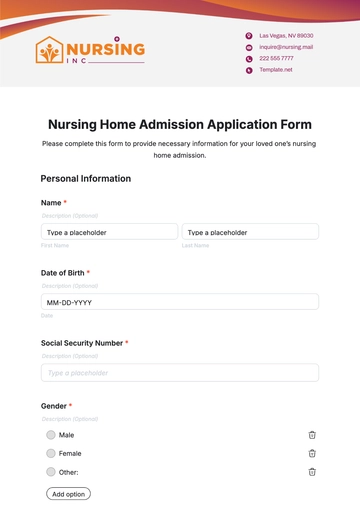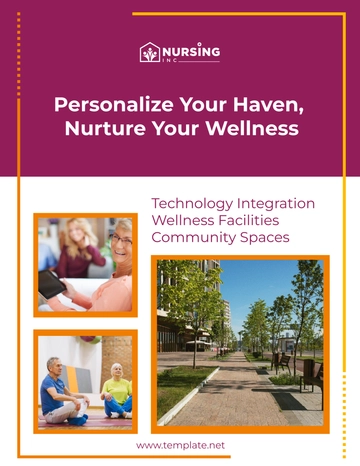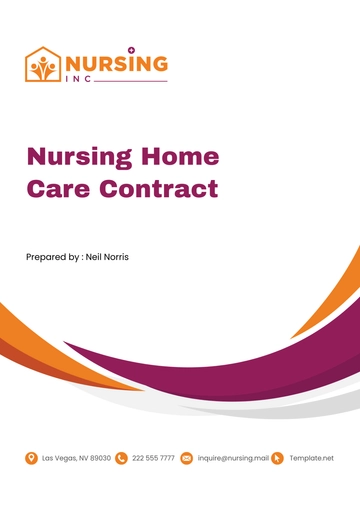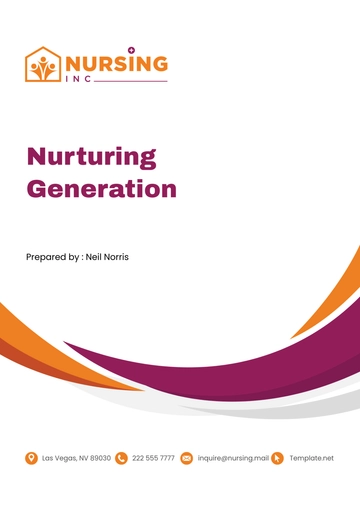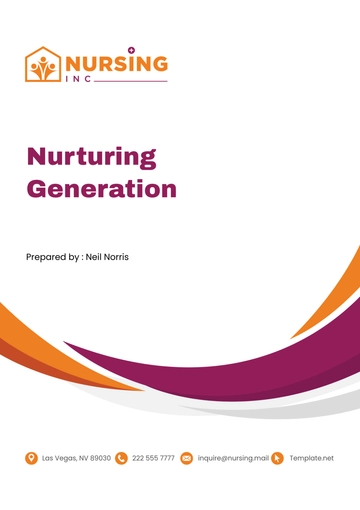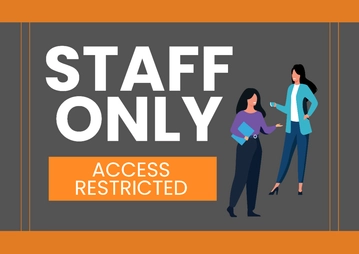Free Nursing Home Pest Control Management Guide
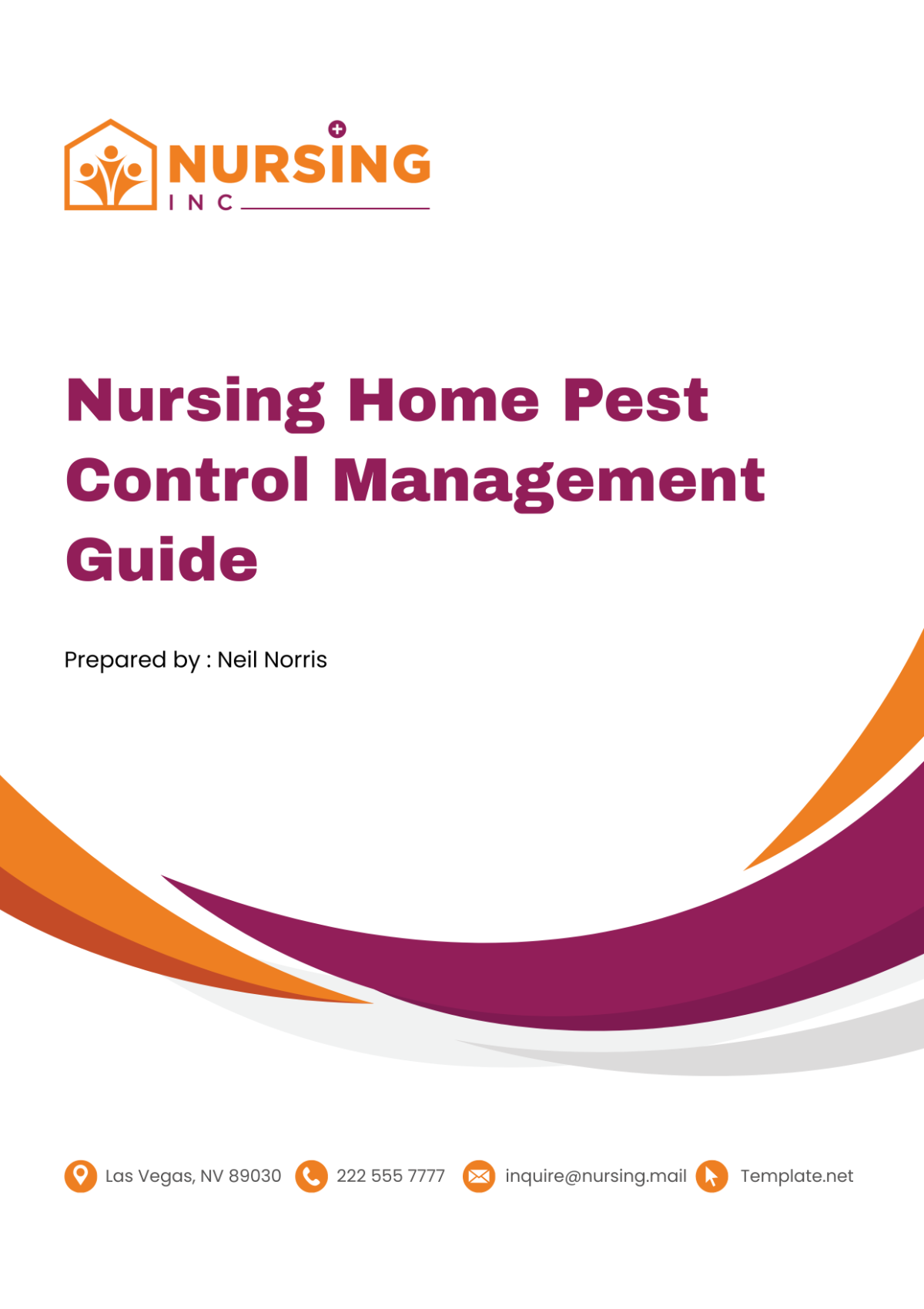
I. Introduction
Purpose of the Guide
This guide serves as a comprehensive resource for our nursing home staff, providing clear instructions and protocols for managing pest control effectively. By adhering to the guidelines outlined in this document, we can ensure the well-being and safety of our residents while upholding the highest standards of cleanliness and hygiene.
Importance of Pest Control in Nursing Homes
Pest infestations can lead to serious health risks for our vulnerable residents, including the spread of diseases and exacerbation of existing medical conditions. Moreover, pests can cause property damage and tarnish the reputation of our facility. Thus, maintaining rigorous pest control measures is essential for protecting the health and well-being of our residents and preserving our facility's integrity.
Legal and Regulatory Considerations
Our facility is obligated to comply with various local, state, and federal regulations governing pest control in healthcare settings. Failure to adhere to these regulations can result in fines, legal penalties, and damage to our reputation. Therefore, it is imperative that all staff members familiarize themselves with the relevant laws and regulations outlined in this guide.
II. Understanding Pests
Common Pests Found in Nursing Homes
In addition to rodents and insects, nursing homes may also encounter pests such as birds, bats, and even wildlife seeking shelter or food sources. Understanding the diversity of potential pests helps us develop a comprehensive pest control strategy tailored to our specific environment.
Pest Biology, Behavior, and Habits
Each type of pest has unique biological characteristics and behavior patterns that influence their interactions with our facility. For instance, rodents are nocturnal and tend to nest in secluded areas, while insects like cockroaches are attracted to warm, humid environments and can quickly reproduce if not controlled.
Health Risks Associated with Pests
Pests can transmit a variety of pathogens and allergens that pose health risks to our residents, particularly those with compromised immune systems. For example, rodents can spread diseases such as salmonellosis and leptospirosis through their urine and droppings, while cockroaches can trigger asthma attacks and allergic reactions in susceptible individuals.
III. Preventive Measures
Environmental Management
Sanitation Practices: Regular cleaning and disinfection of surfaces, particularly in high-risk areas like kitchens and bathrooms, help eliminate food sources and breeding grounds for pests.
Waste Management: Proper disposal of waste materials, including food scraps and garbage, is essential for preventing pest attraction and infestation. Securely sealing trash bags and promptly removing them from the premises minimizes opportunities for pests to access food.
Food Handling and Storage: Storing food items in sealed containers and maintaining a clean and orderly kitchen environment prevent pests from contaminating food supplies and spreading diseases to residents and staff.
Structural Maintenance
Building Maintenance: Routine inspections and maintenance of building structures, including sealing cracks and gaps, repairing damaged screens, and fixing leaks, help prevent pests from entering the facility.
Sealant and Caulking: Sealing entry points around doors, windows, pipes, and utility penetrations with durable sealants and caulking materials effectively blocks pest entry and reduces the need for chemical treatments.
Ventilation and Drainage: Proper ventilation and drainage systems prevent moisture buildup, which attracts pests like cockroaches, mold, and fungi. Regularly cleaning and maintaining these systems minimize pest-friendly environments within the facility.
Landscaping and Exterior Maintenance
Greenery and Vegetation Management: Keeping vegetation trimmed and well-maintained around the perimeter of the facility reduces hiding places for pests and prevents them from gaining access to the building. Regularly pruning bushes and trees also eliminates potential entry points for pests seeking shelter.
Trash and Debris Removal: Promptly removing outdoor trash and debris prevents pest infestations in exterior areas. Establishing a schedule for regular cleanup and ensuring proper disposal of waste materials reduce the risk of attracting pests like rodents and flies.
IV. Inspection Procedures
Regular Inspection Schedule
Implementing a routine schedule for facility-wide inspections allows staff to identify and address pest issues proactively. Conducting inspections at regular intervals, such as weekly or monthly, ensures timely detection of pest activity and prevents infestations from escalating.
Common Pest Entry Points
Thoroughly inspecting common entry points for pests, such as doors, windows, vents, and utility penetrations, helps identify potential vulnerabilities in the facility's perimeter. Sealants, screens, and other physical barriers should be regularly checked and maintained to prevent pest entry.
Identifying Signs of Pest Activity
Training staff to recognize signs of pest activity, such as droppings, gnaw marks, tracks, and nests, enables early detection of infestations. Staff should be vigilant during inspections and report any signs of pest activity promptly to the designated pest control personnel.
Documentation and Reporting Procedures
Documenting inspection findings and pest control activities is essential for maintaining accurate records and tracking the effectiveness of pest management efforts. Standardized reporting procedures ensure consistency in communication and facilitate timely response to pest-related issues.
V. Pest Control Methods
Integrated Pest Management (IPM) Approach
Adopting an IPM approach emphasizes proactive pest prevention, monitoring, and targeted treatments while minimizing reliance on chemical pesticides. By integrating multiple control methods, including sanitation, exclusion, and biological controls, we can effectively manage pest populations with minimal environmental impact.
Chemical Treatments
Types of Pesticides: Selecting pesticides approved for use in healthcare facilities and following label instructions ensures safe and effective pest control. Low-toxicity pesticides and baits are preferred to minimize risks to residents, staff, and the environment.
Application Methods: Applying pesticides according to manufacturer guidelines and safety protocols reduces the risk of exposure and ensures maximum efficacy. Trained and certified pest control professionals should handle pesticide applications to minimize risks and ensure compliance with regulations.
Safety Precautions: Providing staff with appropriate training on pesticide safety, including proper handling, storage, and disposal procedures, is essential for preventing accidents and minimizing health risks. Personal protective equipment (PPE), such as gloves, goggles, and respirators, should be worn during pesticide applications to protect against exposure.
Non-Chemical Control Methods
Traps and Baits: Placing traps and baits strategically in areas of high pest activity effectively captures and eliminates pests without the use of chemical pesticides. Traps should be checked regularly and reset as needed to maintain their efficacy.
Physical Barriers: Installing barriers such as screens, door sweeps, and caulking around potential entry points prevents pests from infiltrating the facility. Properly maintained barriers provide long-term protection against pests while minimizing the need for chemical interventions.
Biological Controls: Introducing natural predators or pathogens that target specific pests can help control populations in a sustainable and environmentally friendly manner. Biological controls, such as parasitic wasps for controlling flies or predatory mites for managing spider mites, offer targeted solutions with minimal impact on non-target organisms.
Emergency Response Procedures: Developing protocols for responding to pest emergencies, such as sudden infestations or outbreaks, ensures swift and effective action to protect residents and staff. Emergency response procedures should include steps for evacuating affected areas, notifying pest control professionals, and implementing temporary control measures to mitigate immediate risks.
VI. Safety Precautions
Staff Training and Education
Recognizing Pests and Signs of Infestation: Providing staff with training on identifying common pests and signs of infestation empowers them to detect and report pest issues promptly.
Proper Handling and Application of Pesticides: Training staff on the safe handling, mixing, and application of pesticides minimizes the risk of accidents and exposure.
Personal Protective Equipment (PPE) Requirements: Ensuring staff have access to and use appropriate PPE, such as gloves, goggles, and respirators, during pesticide applications protects their health and safety.
Resident and Visitor Awareness
Communicating Pest Control Activities: Keeping residents and visitors informed about pest control activities and precautions helps alleviate concerns and ensures cooperation with pest management efforts.
Minimizing Exposure Risks: Educating residents and visitors on practices to reduce exposure to pests and pesticides, such as proper food storage and avoiding pesticide-treated areas, promotes a safer environment for everyone.
VII. Record-Keeping and Documentation
Pest Control Logs and Records
Inspection Reports: Documenting inspection findings, including observations, pest activity, and corrective actions taken, provides a historical record of pest management efforts.
Treatment Plans and Activities: Recording details of pesticide applications, trap placements, and other pest control measures facilitates tracking of treatment efficacy and compliance with regulations.
Follow-Up Actions: Documenting follow-up actions, such as monitoring pest activity post-treatment and implementing preventive measures, ensures continuity of pest control efforts and informs future decision-making.
Regulatory Compliance Documentation: Maintaining records of pest control activities, including pesticide usage logs, safety data sheets (SDS), and compliance reports, demonstrates adherence to regulatory requirements and facilitates inspections by regulatory agencies.
VIII. Staff Responsibilities
Designating Pest Control Personnel
Assigning specific staff members or teams responsible for coordinating and implementing pest control activities ensures accountability and streamlines communication.
Roles and Responsibilities
Clearly defining the roles and responsibilities of staff involved in pest control, including inspection, treatment, and record-keeping, helps ensure effective collaboration and consistency in implementation.
Training and Continuing Education
Providing ongoing training and education opportunities for staff on pest control practices, regulations, and safety protocols enhances their knowledge and skills, empowering them to contribute to pest management efforts effectively.
IX. Collaboration and Communication
Coordination with Pest Control Professionals
Establishing effective communication channels with pest control professionals, including regular meetings and consultations, promotes collaboration and ensures alignment of pest control strategies with facility needs and goals.
Interdepartmental Collaboration
Encouraging collaboration between different departments, such as environmental services, maintenance, and healthcare, fosters a holistic approach to pest management and maximizes the effectiveness of preventive measures.
Resident and Family Communication
Keeping residents and their families informed about pest control activities, including potential risks and precautions, fosters transparency and trust, and encourages their active participation in pest management efforts.
X. Emergency Preparedness
Contingency Plans for Pest Outbreaks
Developing contingency plans for responding to pest outbreaks or emergencies, such as protocols for evacuating affected areas and implementing temporary control measures, ensures swift and coordinated action to minimize risks to residents and staff.
Response to Health and Safety Concerns
Establishing procedures for addressing health and safety concerns related to pest control, including protocols for reporting adverse reactions to pesticides or pest-related illnesses, promotes a proactive approach to resident care and risk management.
Continuity of Care Planning
Integrating pest control considerations into continuity of care planning ensures that pest management efforts are aligned with residents' needs and preferences, and that their care and well-being are prioritized during pest-related incidents.
XI. Continuous Improvement
Evaluating Effectiveness of Pest Control Measures
Continuous improvement and optimization of pest management strategies can be achieved by persistently assessing the effectiveness of various pest control measures. This evaluation process typically involves consistent monitoring of the measures in place, collection of feedback from various sources, and in-depth analysis of the collected data. This stringent assessment and review process ensures that the pest management strategies in place remain effective and can be optimized for better results.
Feedback Mechanisms
Promoting accountability and responsiveness can be achieved by establishing feedback channels for the staff, residents, and families. These channels will allow them to provide their input regarding the efforts at pest control. They can share their suggestions for how these efforts can be improved, and they can also express any concerns they may have regarding the effectiveness or the safety of the methods being utilized for pest control.
Updating Policies and Procedures
The process of reviewing and updating our facility's policies and procedures are carried out based on several factors such as what we have learned from our experiences, any alterations that have been made to regulations in our industry, and the emergence of new and improved best practices that we have become aware of. This method ensures that our facility is consistently taking a proactive approach when it comes to managing any risks related to pests. Furthermore, this process allows us to continue being adaptable to the changing landscape of pest management. By doing so, we can guarantee that our facility remains on the cutting edge and is not left behind due to outdated policies, ineffective procedures, or unmanaged risks related to pests.
XII. Resources and References
Relevant Regulations and Guidelines: Providing access to relevant regulations, guidelines, and standards related to pest control in healthcare facilities ensures staff awareness and compliance with regulatory requirements.
Educational Materials and Training Resources: Curating educational materials, training modules, and resources on pest control practices, safety protocols, and regulatory compliance supports staff development and ongoing learning.
Contact Information for Pest Control Professionals: Maintaining a list of trusted pest control professionals and their contact information enables prompt access to expertise and assistance when needed.
- 100% Customizable, free editor
- Access 1 Million+ Templates, photo’s & graphics
- Download or share as a template
- Click and replace photos, graphics, text, backgrounds
- Resize, crop, AI write & more
- Access advanced editor
Elevate your nursing home's pest control standards with the Nursing Home Pest Control Management Guide Template from Template.net. This editable and customizable guide is tailored to healthcare facilities, ensuring thorough pest prevention and management. With the AI Editor Tool, effortlessly tailor the guide to your facility's specific needs and regulations. Take control of pest management today.
